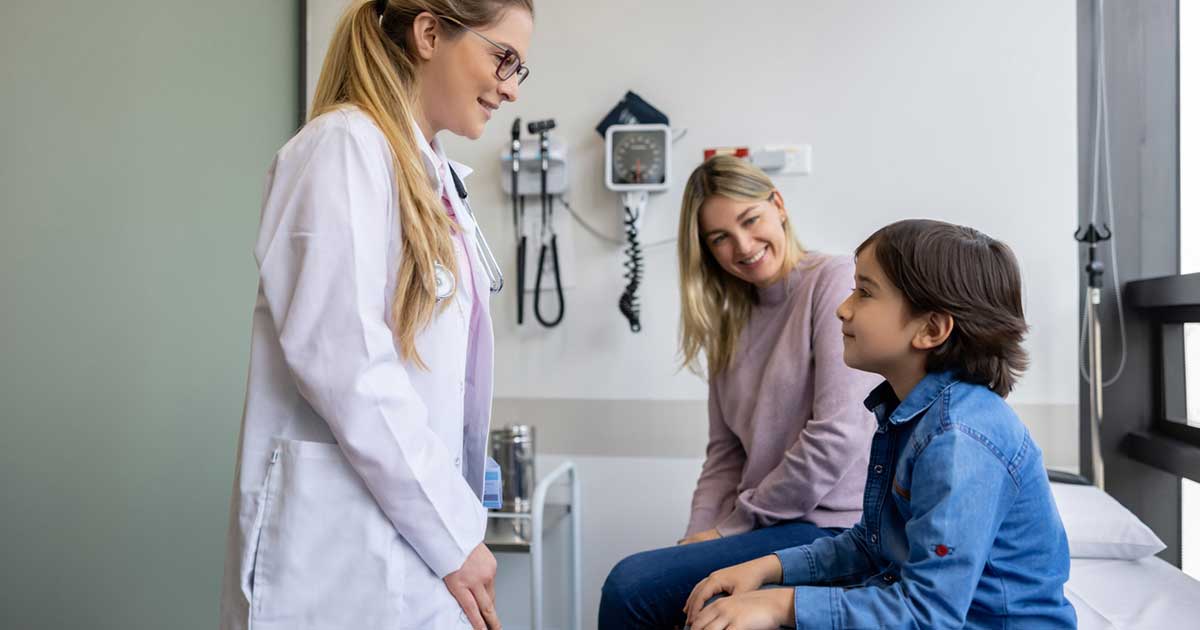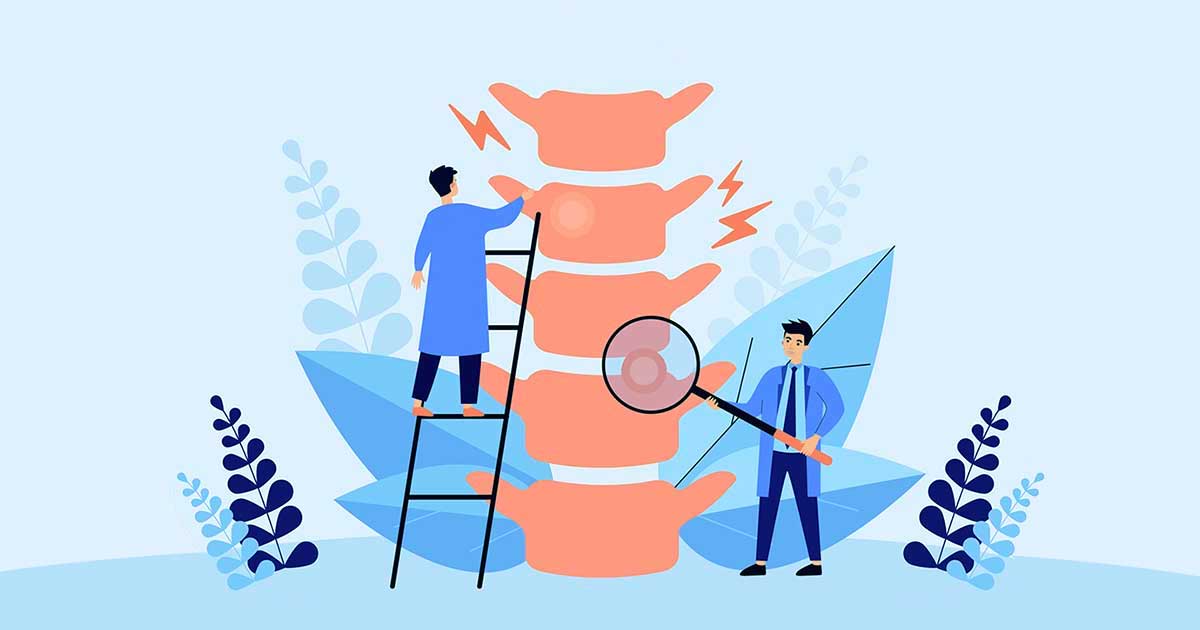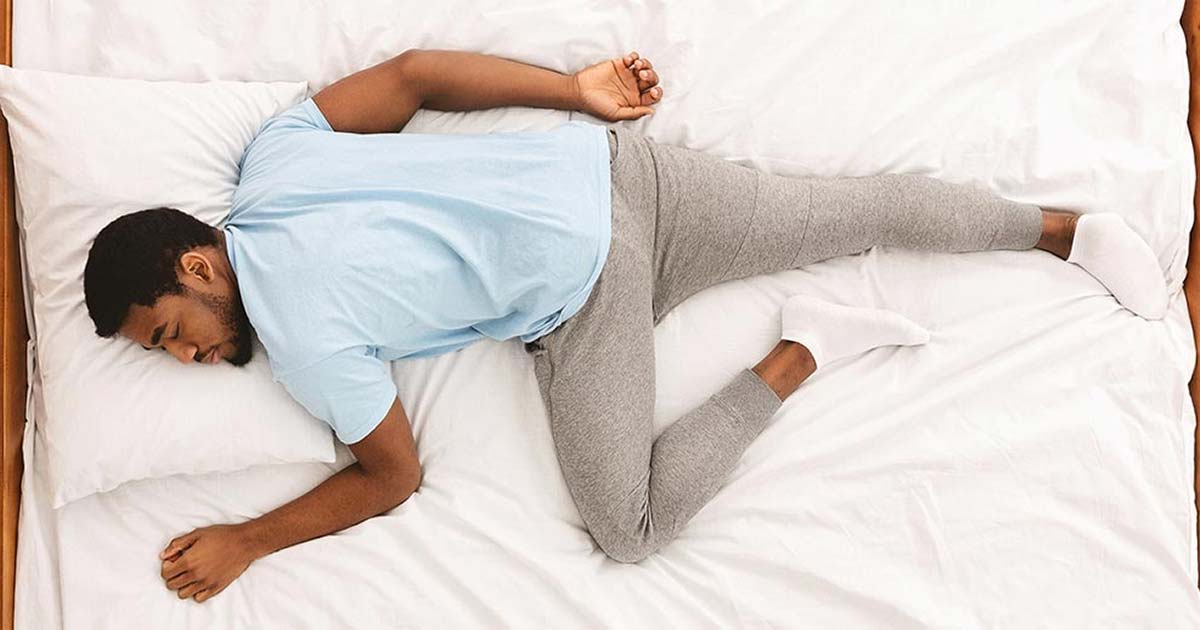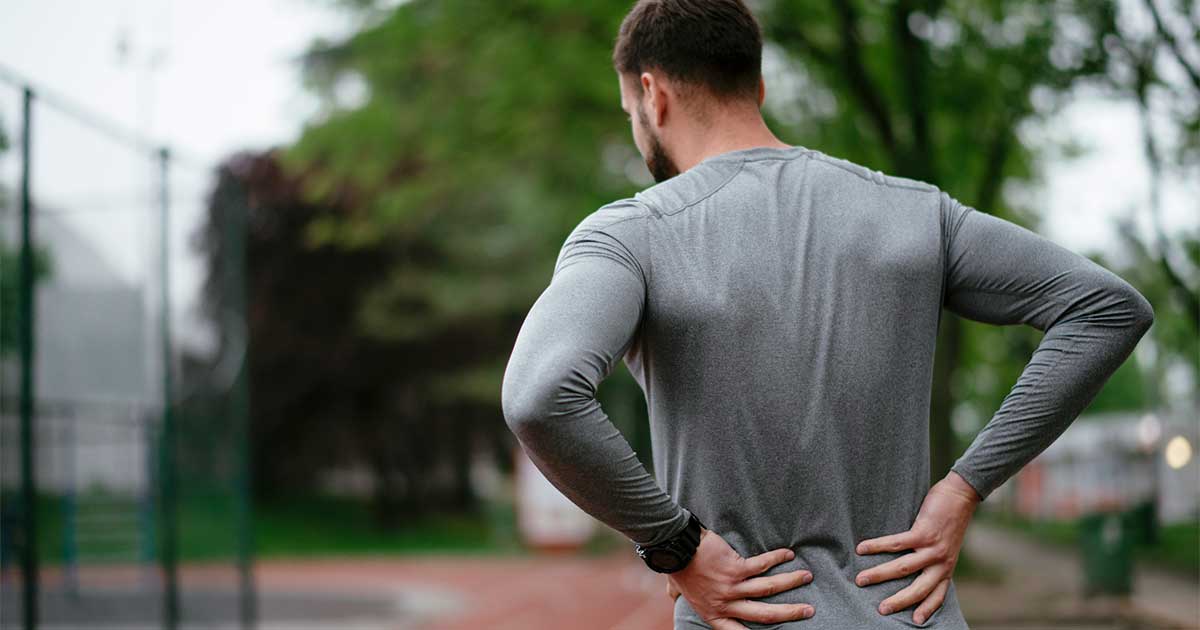
Advice to improve your movement, fitness, and overall health from the #1 in orthopedics in the U.S.
5 Signs You May Need to See a Spine Specialist
Learn about symptoms you shouldn't ignore — some of them may surprise you.
Advice to improve your movement, fitness, and overall health from the #1 in orthopedics in the U.S.

Back injuries and other spinal defects can cause wide-ranging symptoms, including some that you may not suspect. If you have any of these concerns, a spine specialist may be able to help you feel better.
1. You have weakness or numbness in your arms, hands, legs or feet.
Weakness, numbness or tingling in your extremities (arms, hands, fingers, legs, feet and toes) could indicate that there’s a problem with your spine in the lumbar (lower back) region. That’s because the nerves that connect these parts of your body to your brain travel through the spine and can be compressed as they go from brain to the arms or legs. You may notice that your foot is dropping, or that sometimes your leg gives out when you’re walking up or down stairs.
This could happen because of a herniated (slipped) disc, a bone spur or a narrowing of the space within the spinal canal, called stenosis. Depending on the cause, these problems may improve over time, but a spine specialist can help determine the underlying source of these symptoms and offer treatments that provide relief.
2. You notice changes in the agility of your fingers and hands.
The vertebrae in your upper back and neck connect your spinal column to your arms, hands and fingers. Changes in the area can affect your ability to carry out tasks that require the use of your hands. People may notice that they have problems with buttons or zippers. Another thing we sometimes hear from patients is that their handwriting has changed.
Similar to the concerns seen in the lower spine, these symptoms can be caused by a number of different types of spinal problems. A spinal specialist can perform a physical exam and may offer scans such as X-rays, MRIs or CTs to determine the source of the problem.
3. You have persistent pain in your neck or back.
Although not all spinal problems cause pain at the site of injury or damage, some of them do. Slipped discs can cause pain or discomfort in the immediate area around the disc. Osteoarthritis, which is caused by a loss of the protective cartilage around the bones, can lead to back or neck pain if the bones of the spine are rubbing together. And osteoporosis, a condition in which the bones become brittle that is usually related to aging, can lead to small fractures in the vertebrae that cause pain.
If you have back or neck pain after a minor accident—like slipping on ice—and it doesn’t go away as quickly as you think it should, this would be another reason to go to the doctor. If your pain isn’t better after a few days, you may want to start by seeing your regular primary care doctor first.
Back and neck pain can have sources beyond the bones of the spine, including strains in the muscles and ligaments. A spine expert like a physiatrist (a sports medicine doctor who specializes in nonsurgical treatments) can prescribe physical therapy and may be able to offer other treatments for these conditions as well.
4. You notice a change in the alignment of your spine or that one shoulder is higher than the other.
Misalignment of the spine is known as scoliosis. When most people think of scoliosis, they remember undergoing spinal screenings as a child, either at school or their pediatrician’s office. And while it’s true that scoliosis most often arises in the preteen or teenage years, it also can develop later in life due to arthritis or other degenerative disorders in the back.
Scoliosis is characterized by an S-shaped curve in the vertebrae. It commonly leads to misalignment of shoulders, waist or hips. It can also cause a bump on the back, either between the shoulder blades or lower down.
Depending on its severity, scoliosis can be treated with therapy or surgery, or doctors may just watch it to make sure it’s not getting worse.
5. You have problems with bowel or bladder function.
If you have tingling or numbness in the groin area and lose the ability to go to the bathroom normally, this can be a sign of what is called cauda equina syndrome. This condition occurs when there is compression on the nerves at the base of the spinal column. This condition is rare, but if it happens, it’s important to seek care right away, especially if it’s a new problem. Cauda equina syndrome can cause permanent damage if it’s not treated quickly.
Even if you’re dealing with one of the spinal problems above, that doesn’t mean that surgery is in your future.
HSS has a wide variety of people who are very specialized in treating the spine, both on the nonoperative and the operative side. Our experts can evaluate the causes of your pain, numbness or weakness and determine which treatments will help you get back to feeling like yourself again.
Published 3/7/2022


